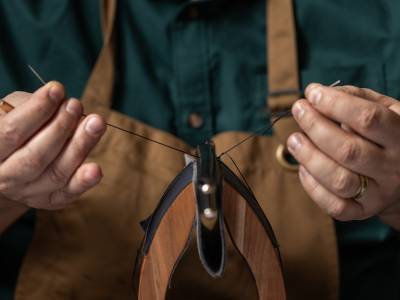It should be spring/summer on planet fashion, but the industry is, instead, facing an autumn/winter of discontent. Thanks to Covid lockdown, the catwalks of London, Paris, Milan and New York are dark. Many boutiques, department stores, malls and factories are closed. Worst of all, the vast glut of stock exposed by store closures has revealed the industry’s dirty secret: rampant overproduction and excessive use of resources.
This triple whammy has forced some of the biggest figures in the business to confront an issue too long swept under the red carpet: the environment. No lesser figure than Anna Wintour, former US Vogue editor and now chief content officer of Condé Nast, concedes: “We are forced into a moment when we have to reset.”
But how? For every home worker who has decided they don’t need to buy anything new ever again, there is another whose increasingly threadbare loungewear serves as a reminder of the joy that fashion can bring. “Beauty comforts, reassures and heals the spirit. I’m sure people will want that after such dire times,” says Giorgio Armani, the long-serving fashion designer, who confesses when he gets down, he buys shoes.
How to square this guilt/joy circle is the question furrowing even the most Botox-smoothed brows on the virtual front row of recent digital catwalk shows.
The biggest criticism of the modern £1tn fashion industry is that, in a desperate race for market share, brands over-produce. They do too many collections — up to eight per year, rather than simply spring/summer and autumn/winter lines — and stage too many costly, elaborate shows around the world. The result is a vicious cycle of early full-price sales in boutiques and department stores, followed by deep discounting and then, for some brands, the burning of stock. That’s bad for brand equity and disastrous for the environment.
Before the pandemic grounded most planes, fashion accounted for more carbon emissions than the aviation industry. More than 100 billion garments were churned out in 2019, double the number made in 2000. Many consumers only wear an item a few times before getting rid of it. “We were producing way too many clothes, doing way too many shows. We can’t go back to that speed,” admits Edward Enninful, European editorial director of Vogue.







